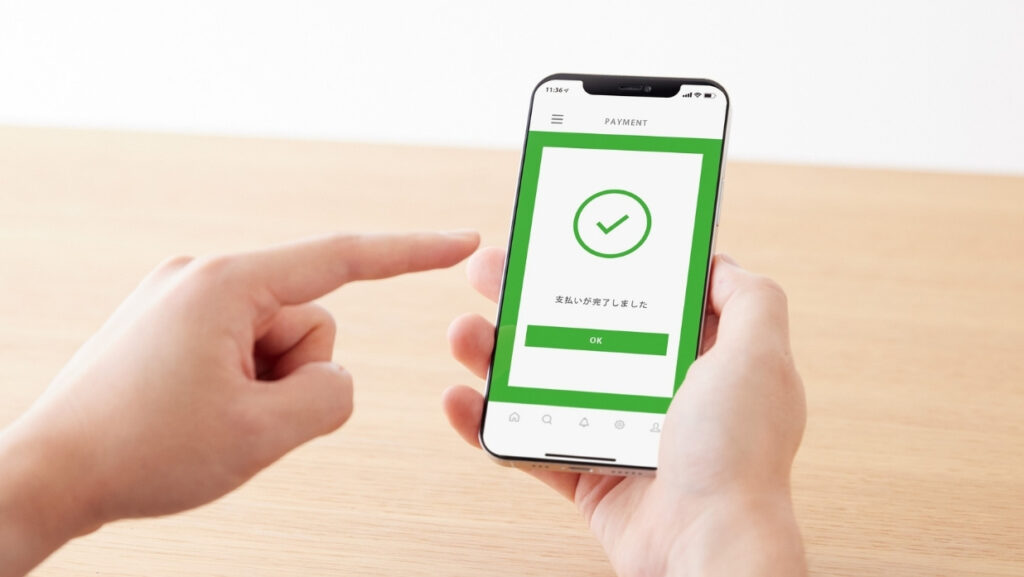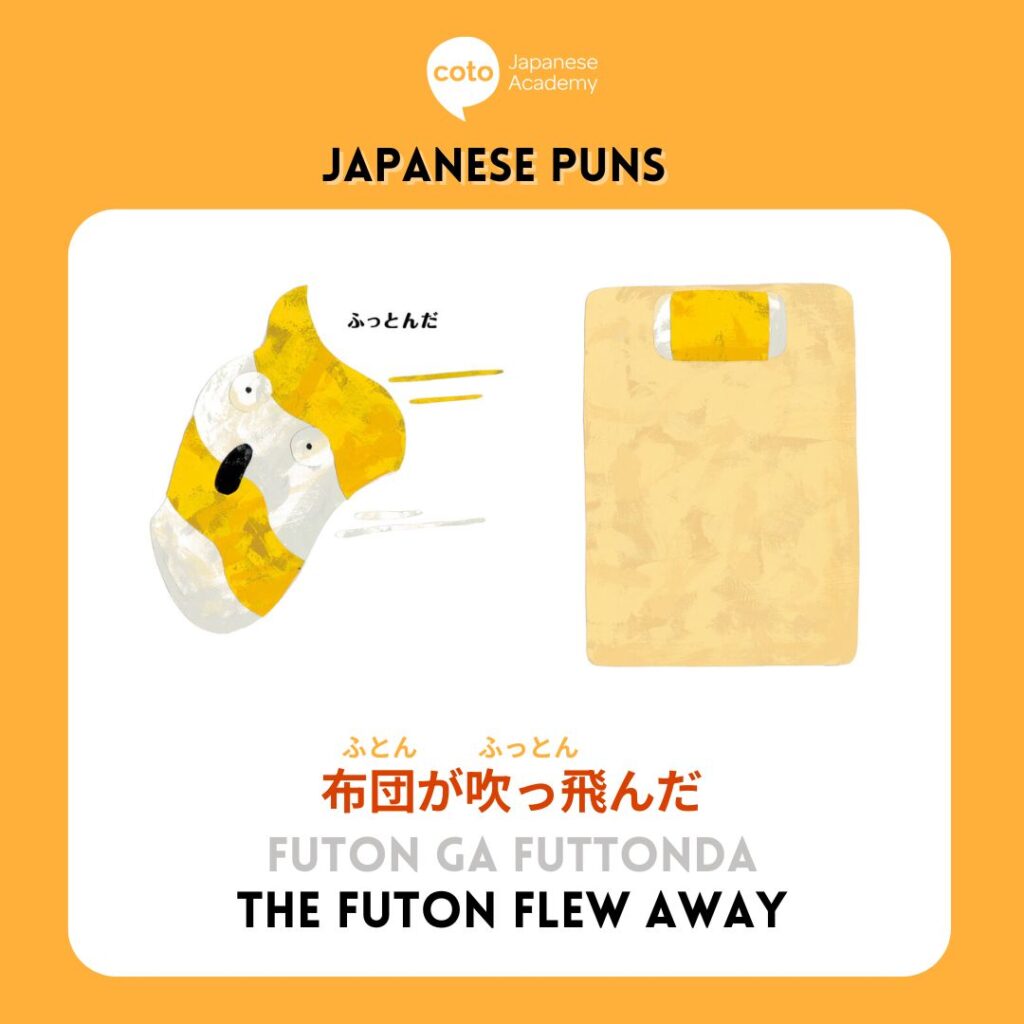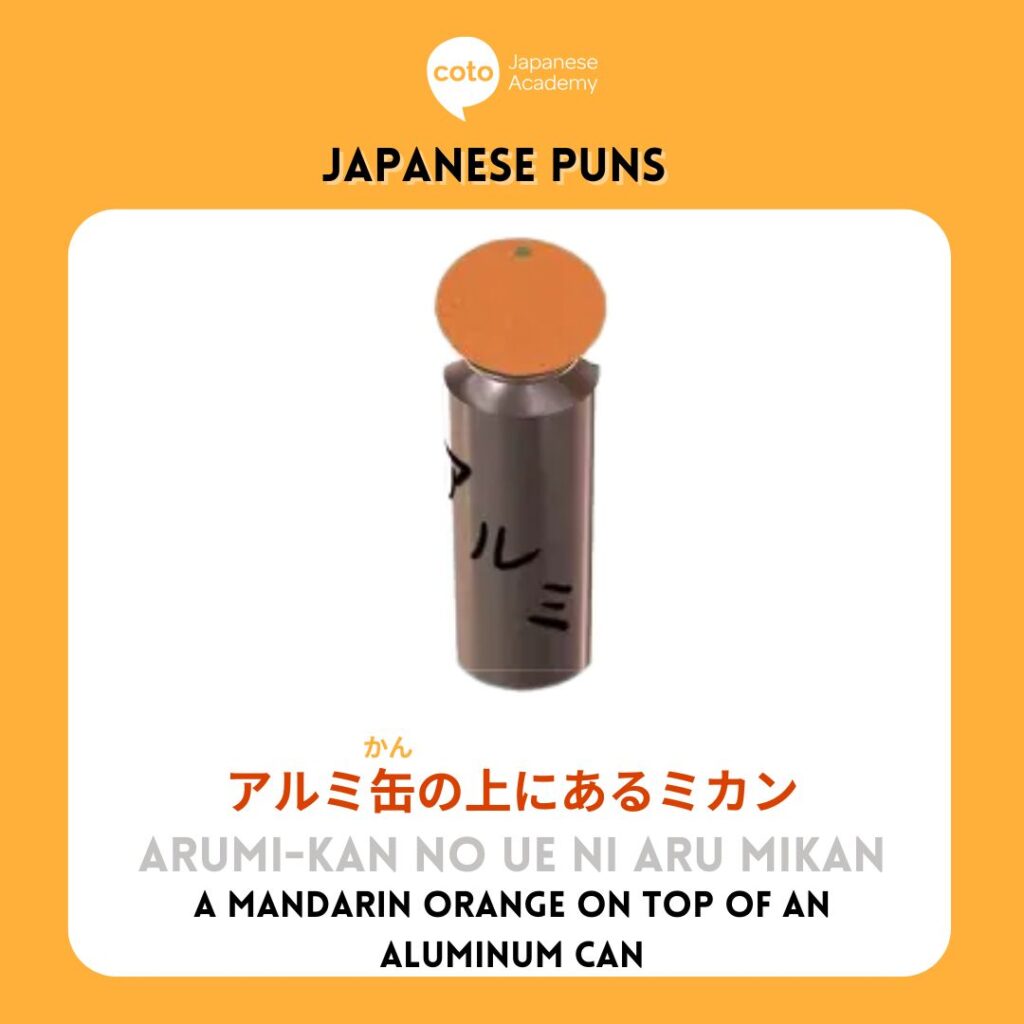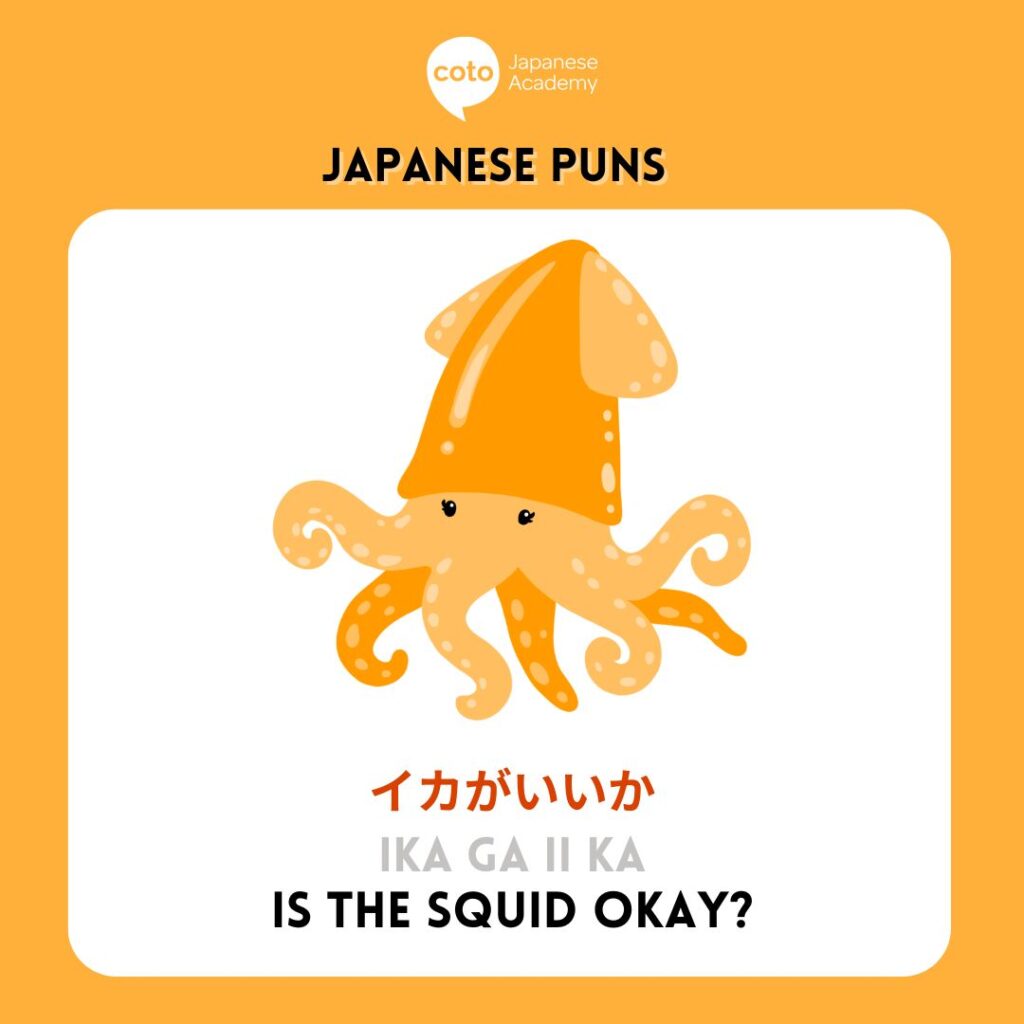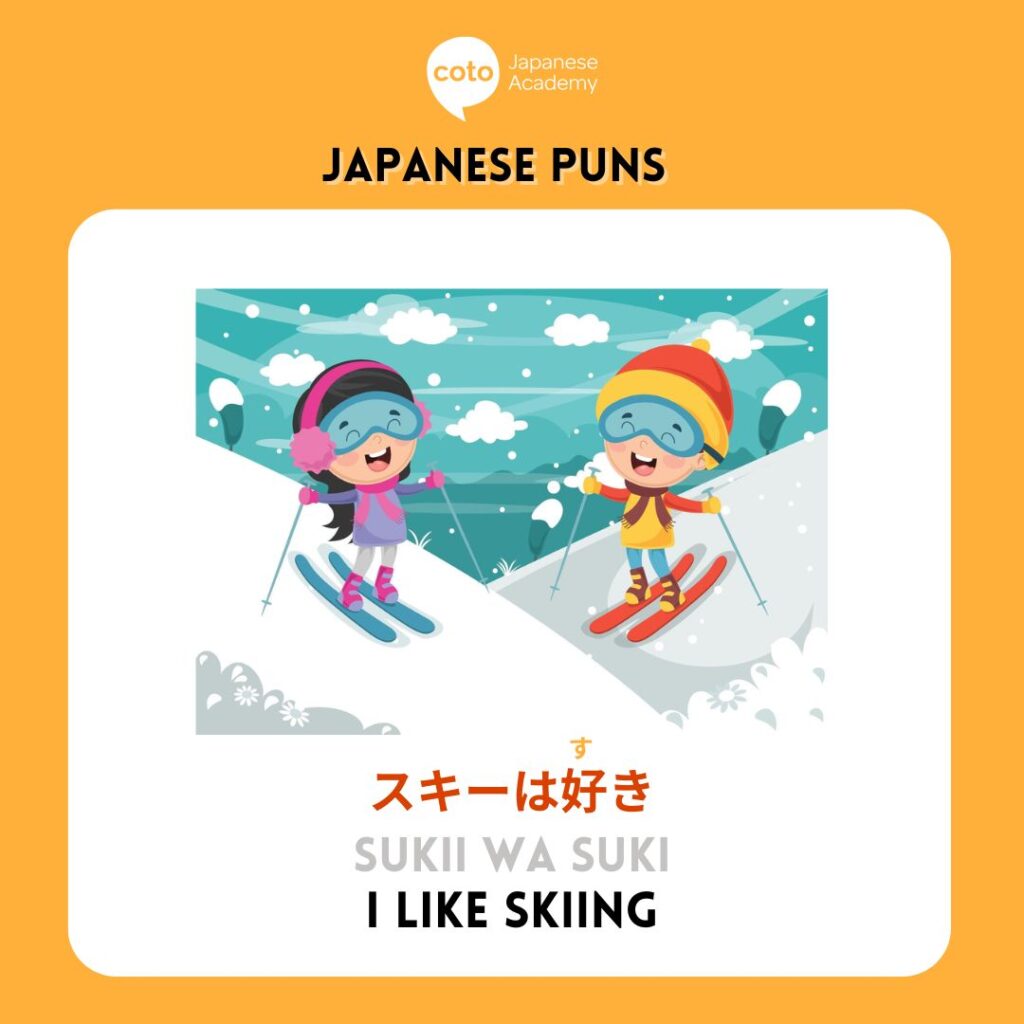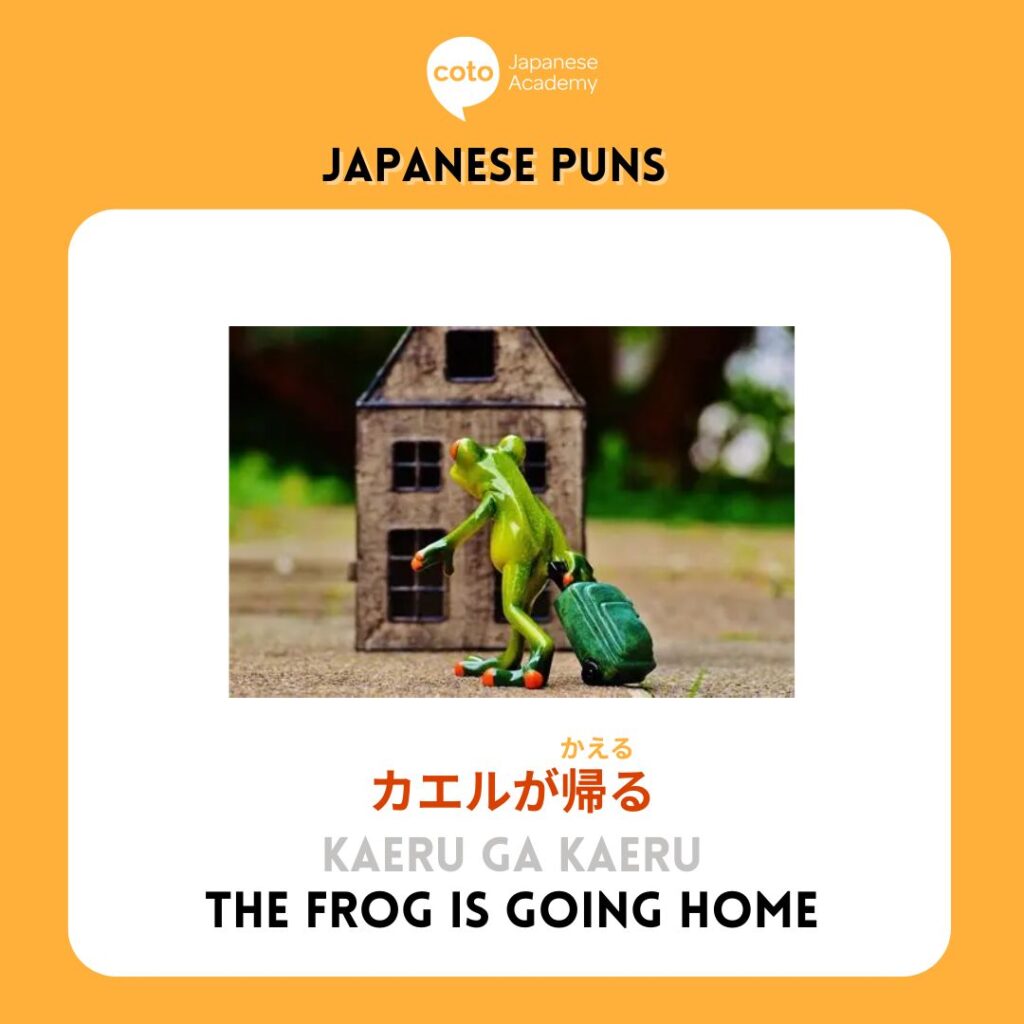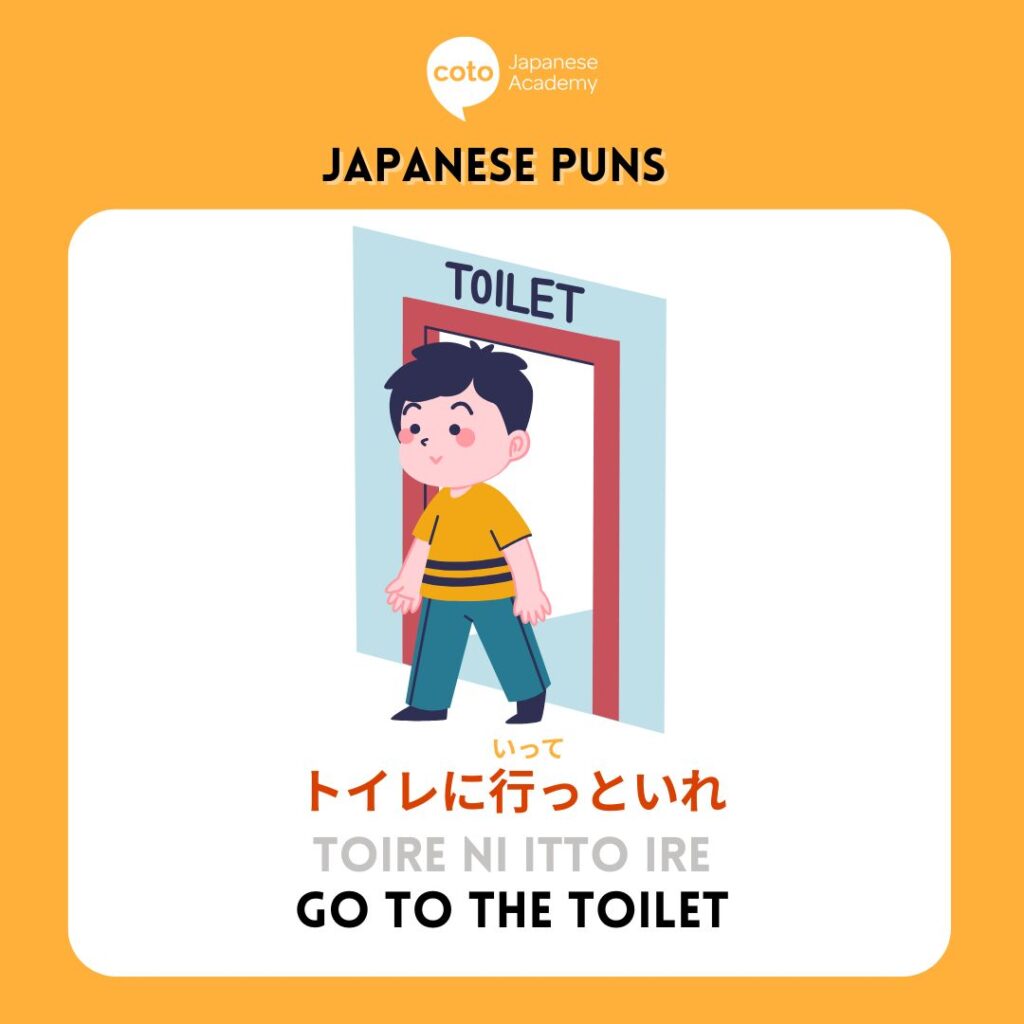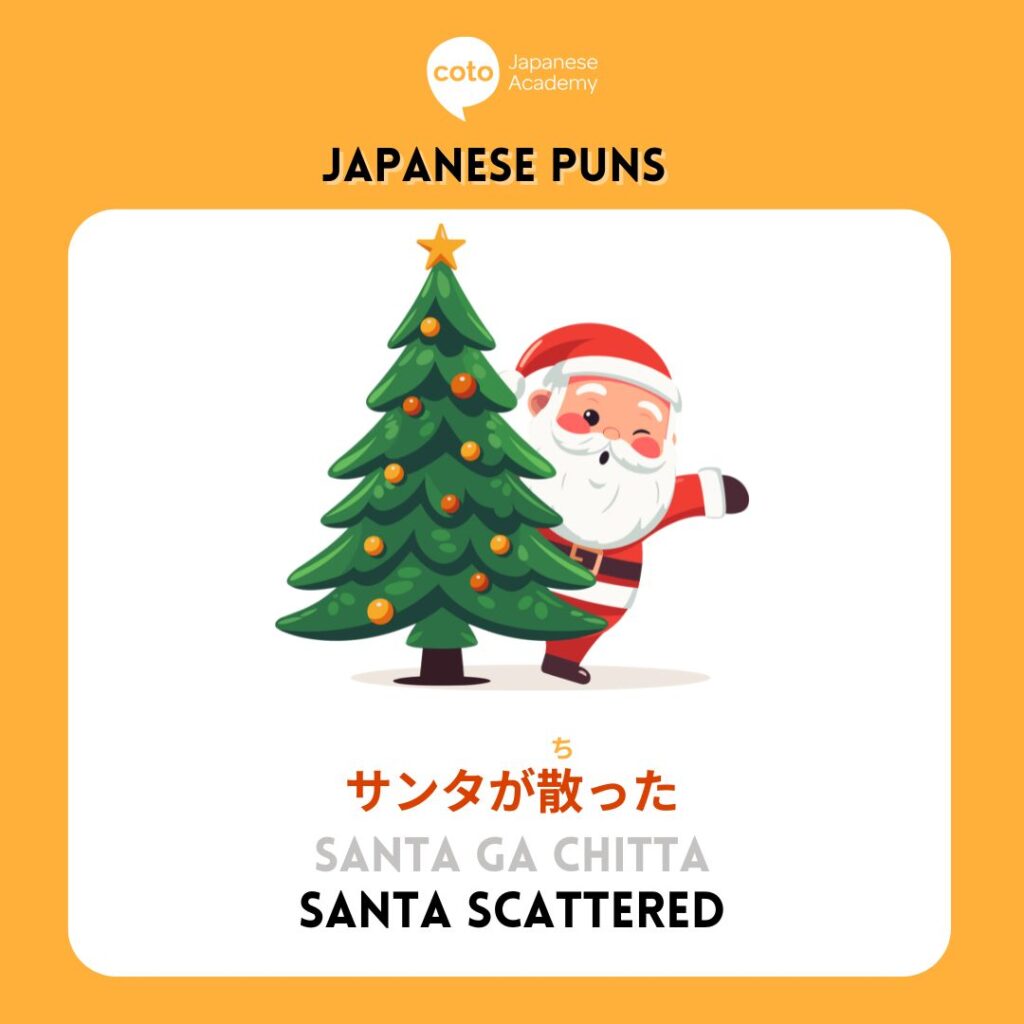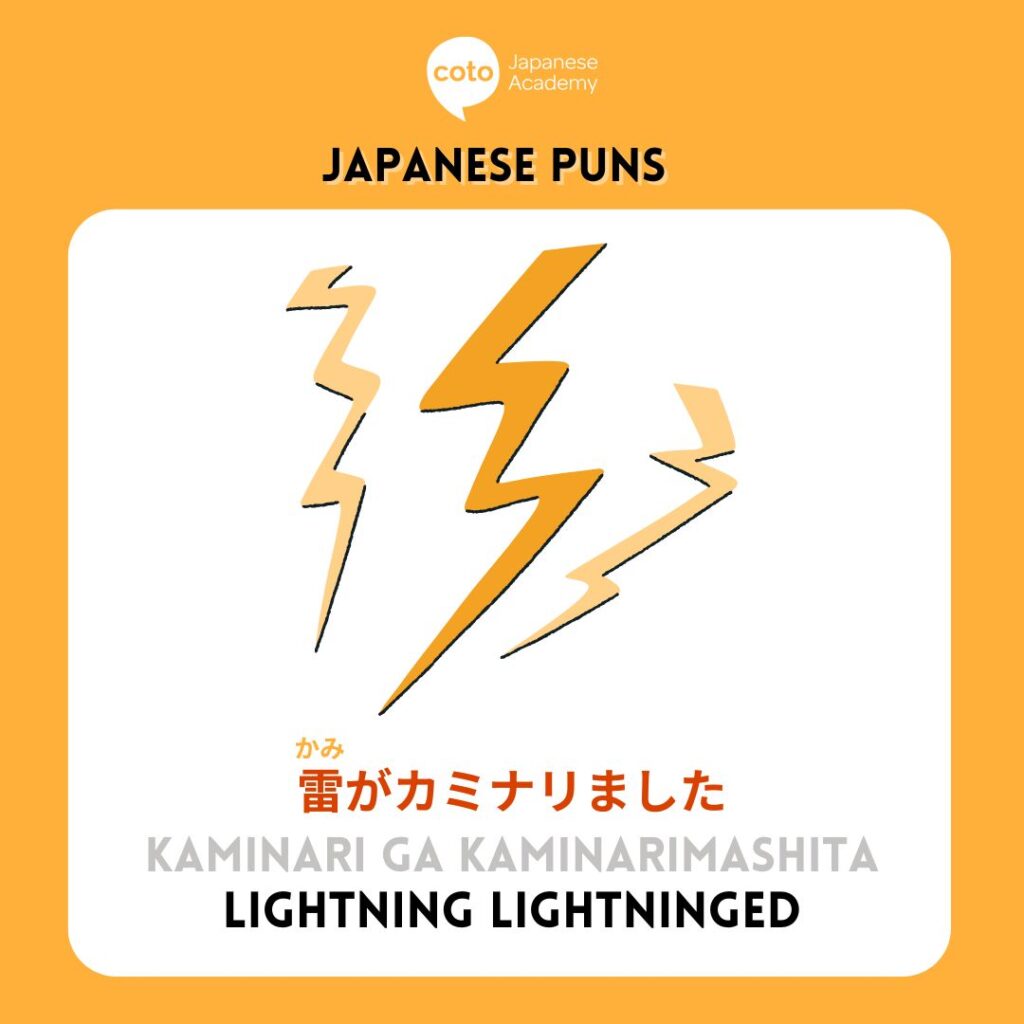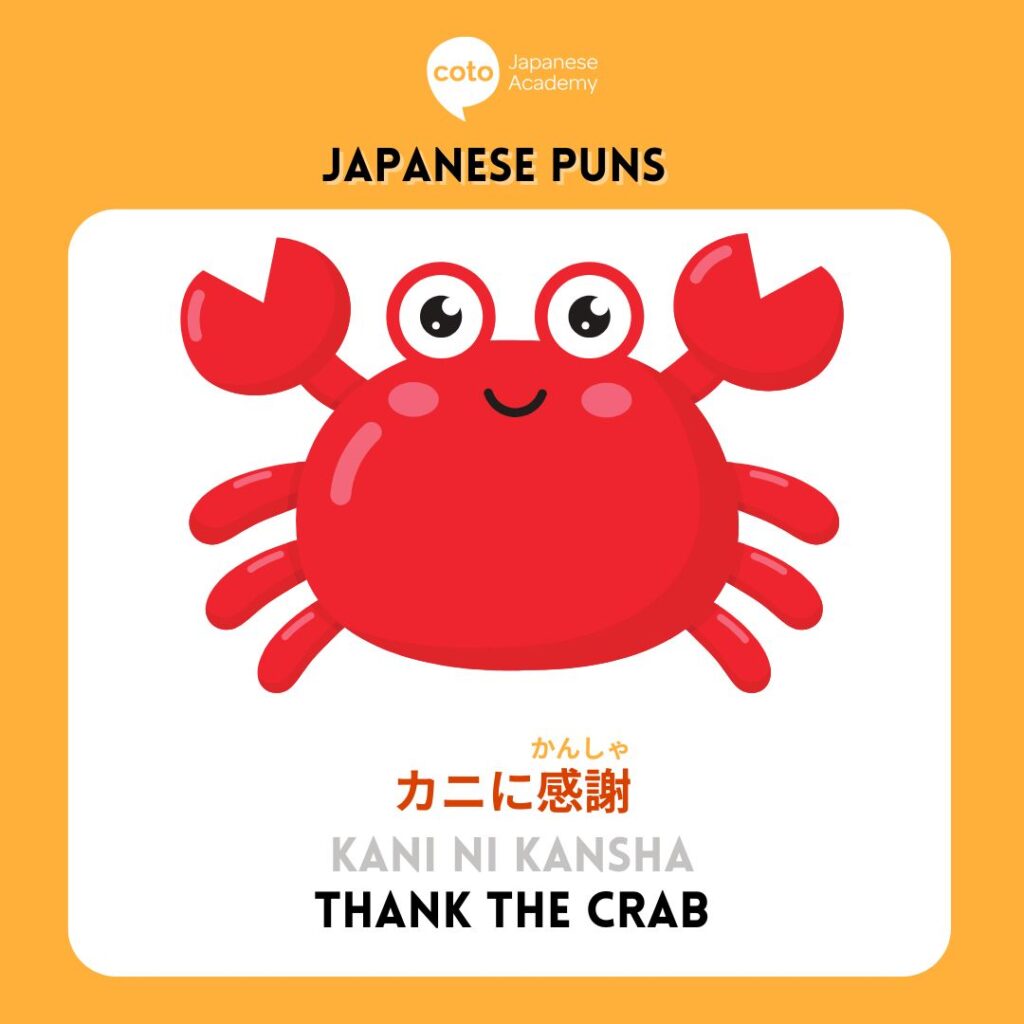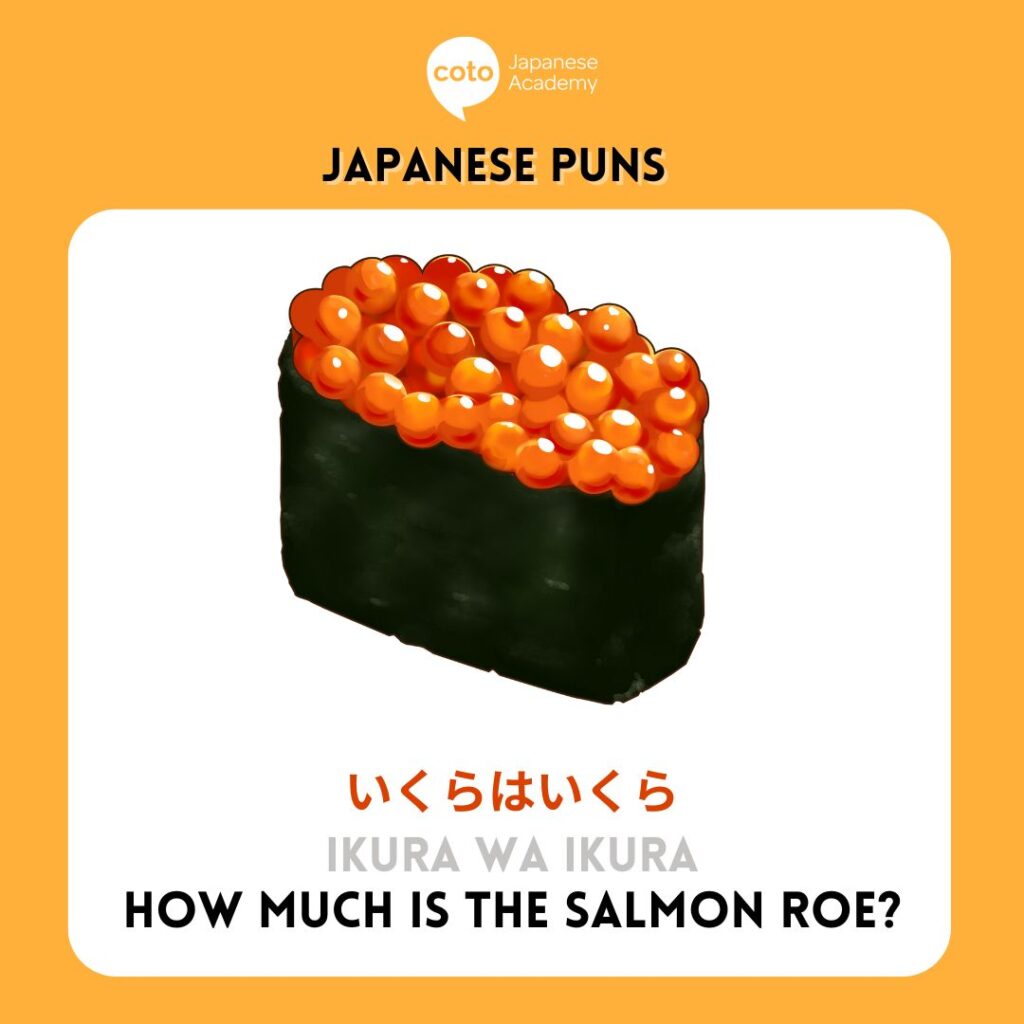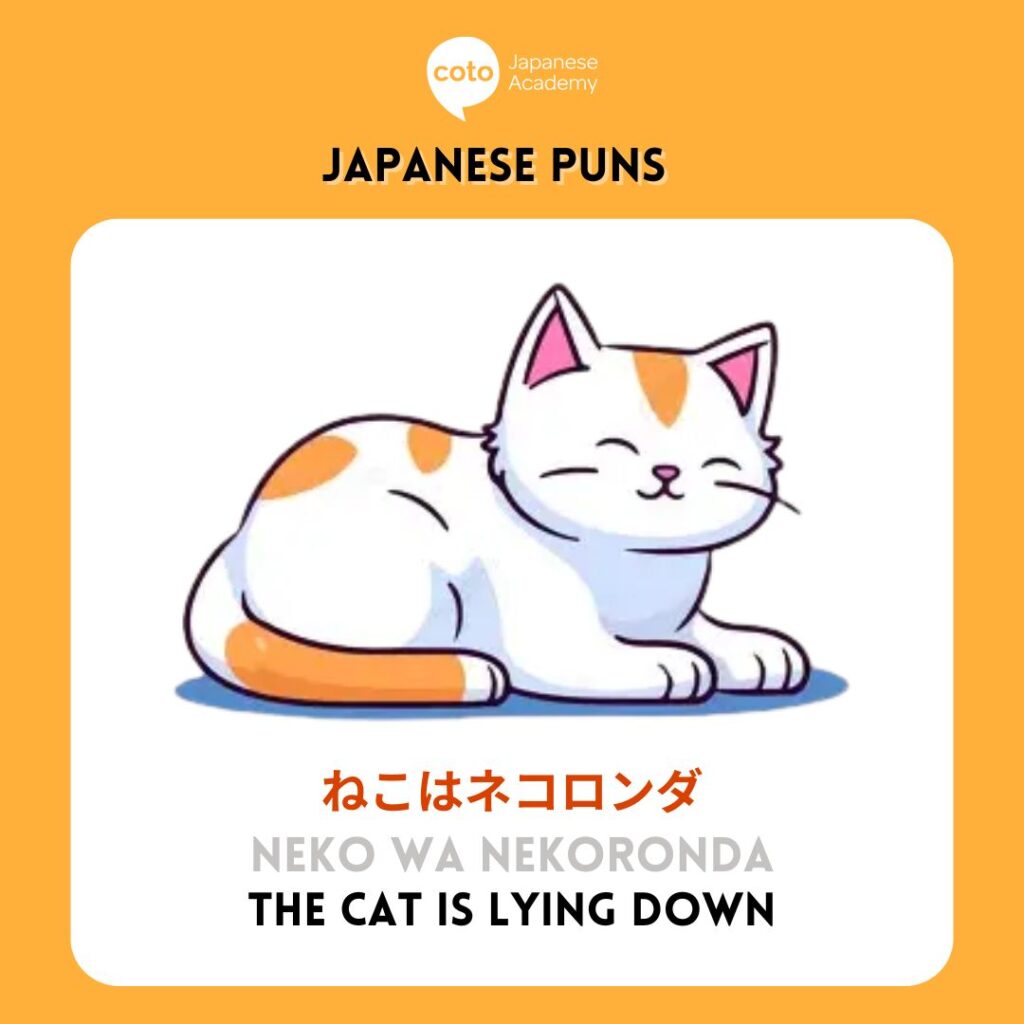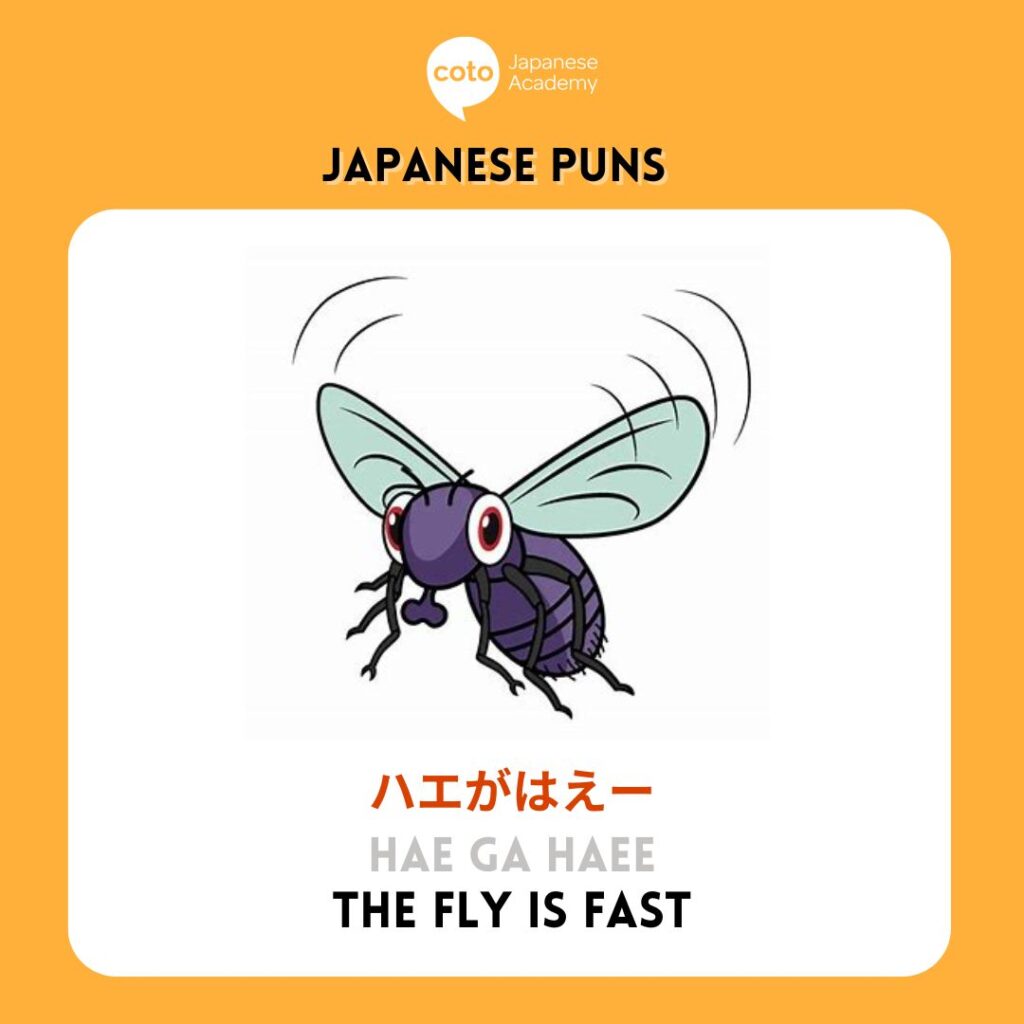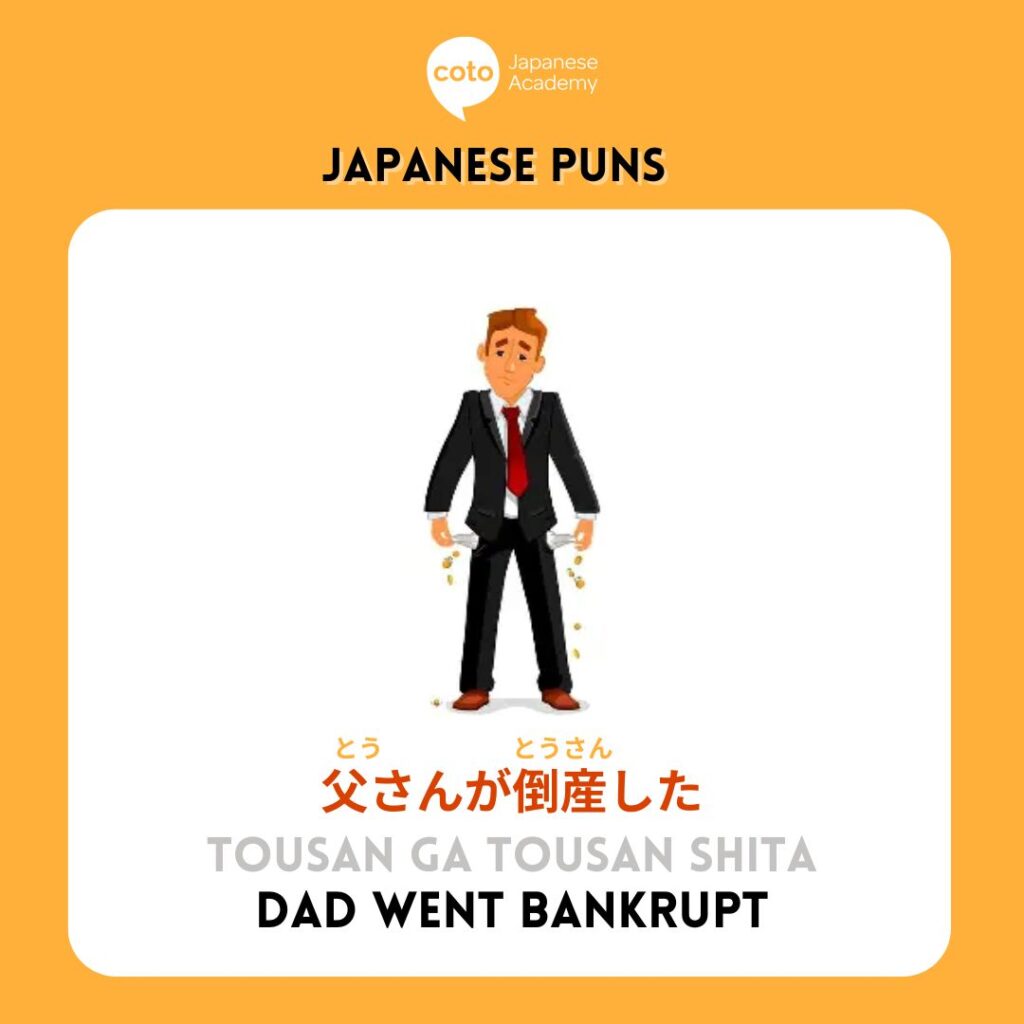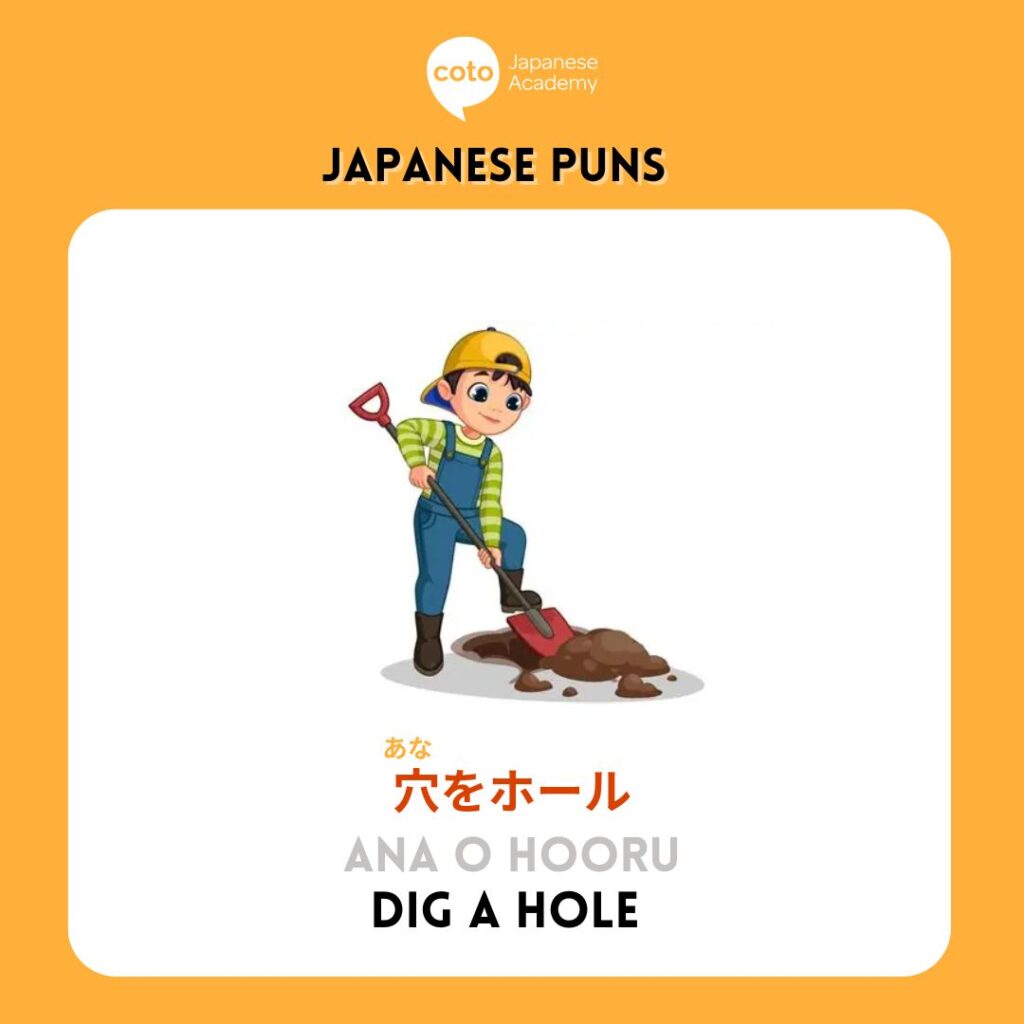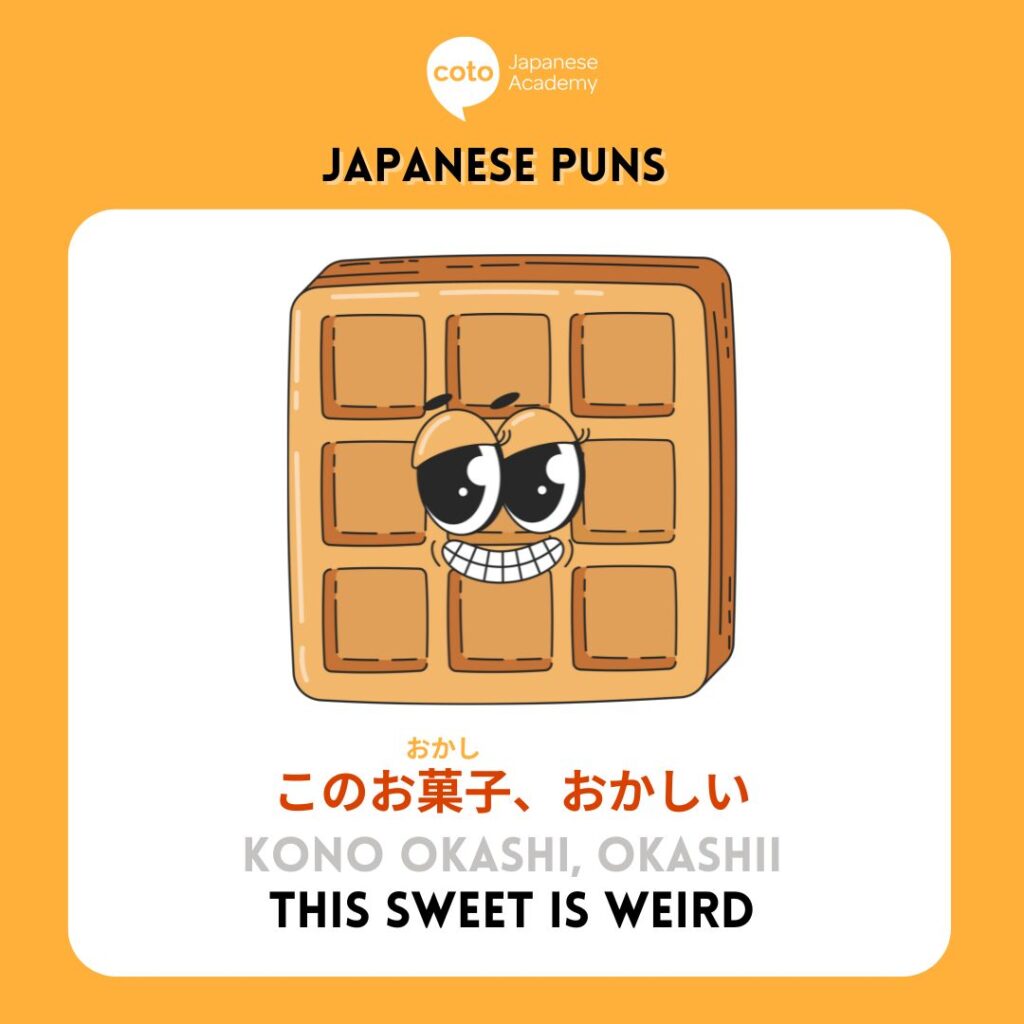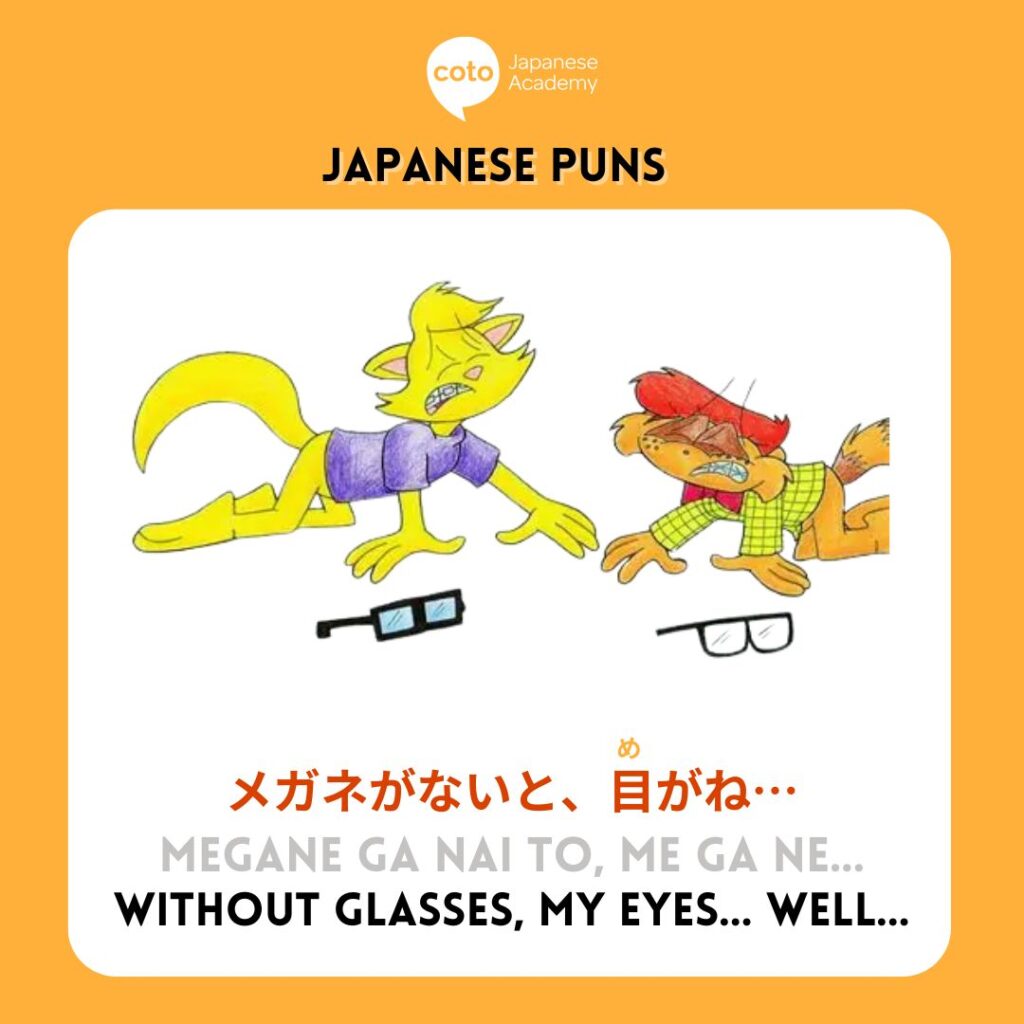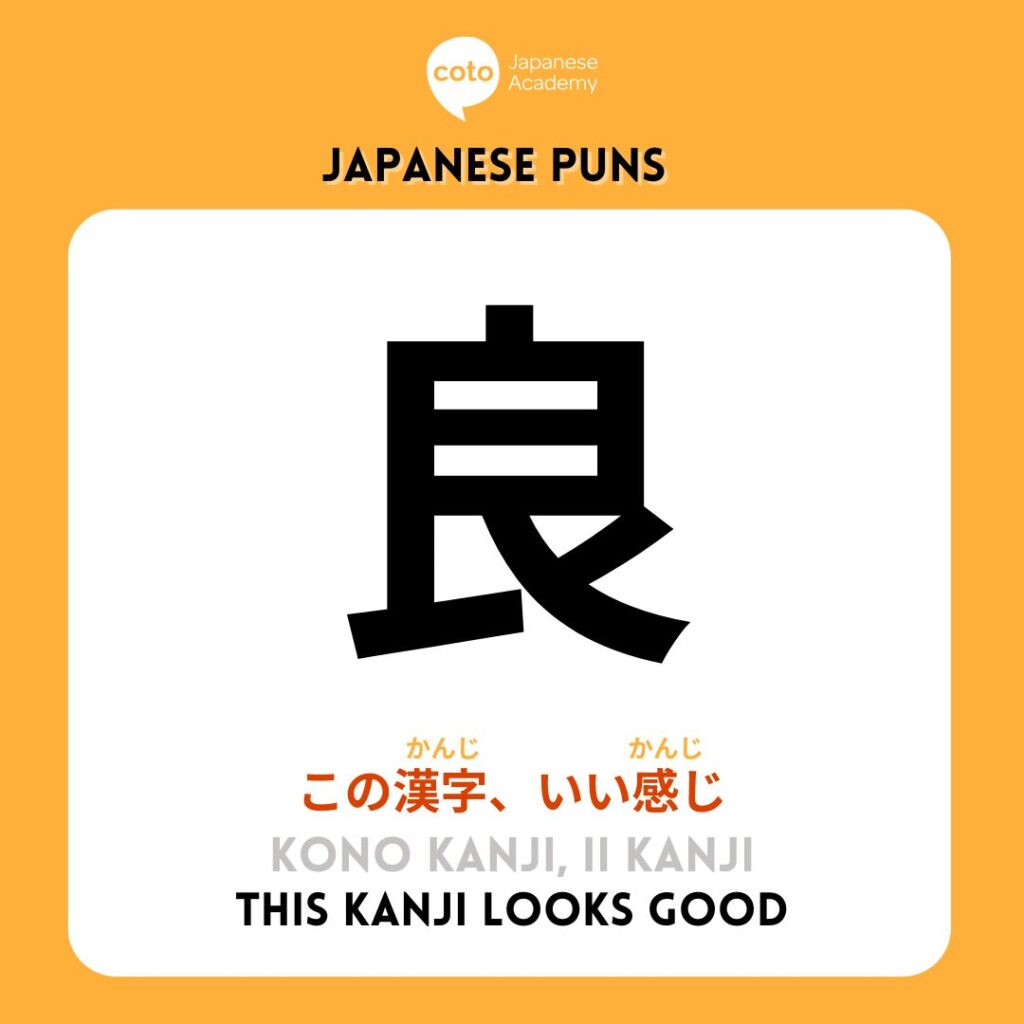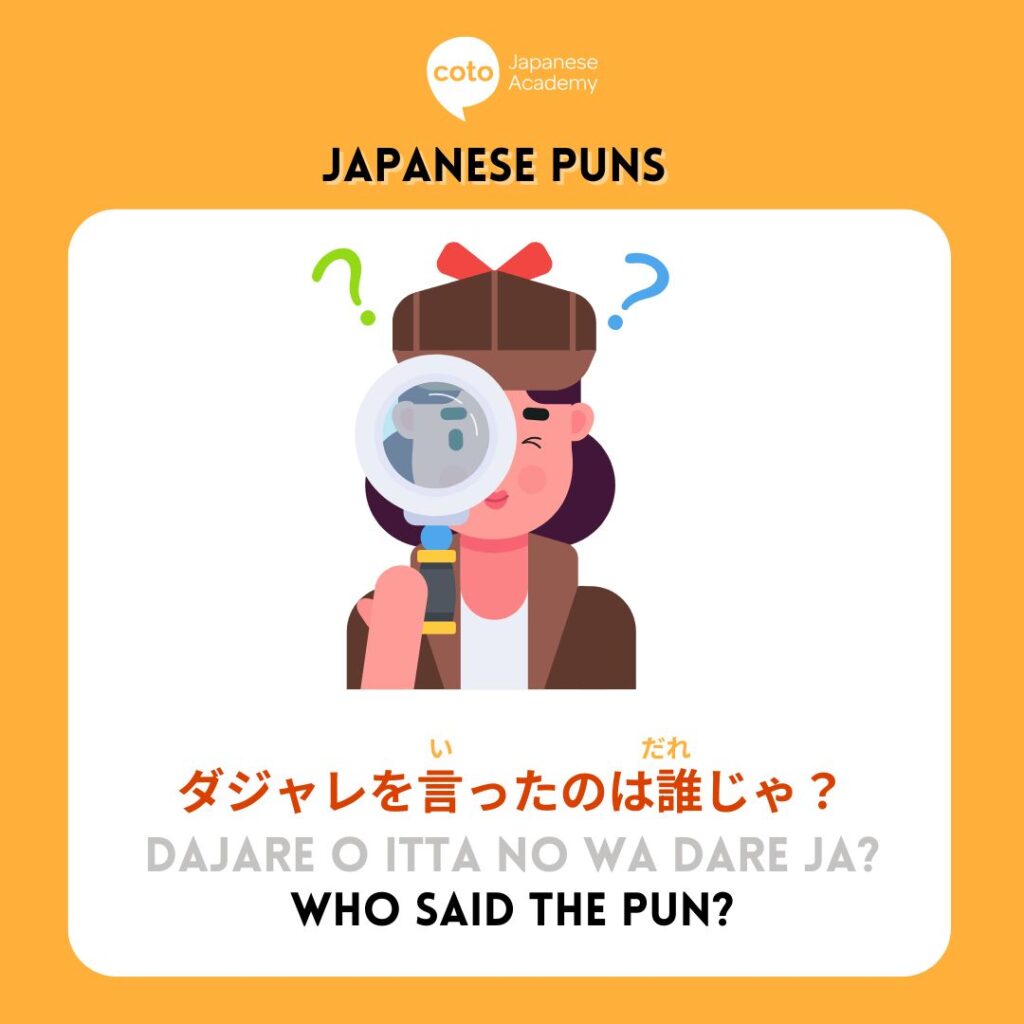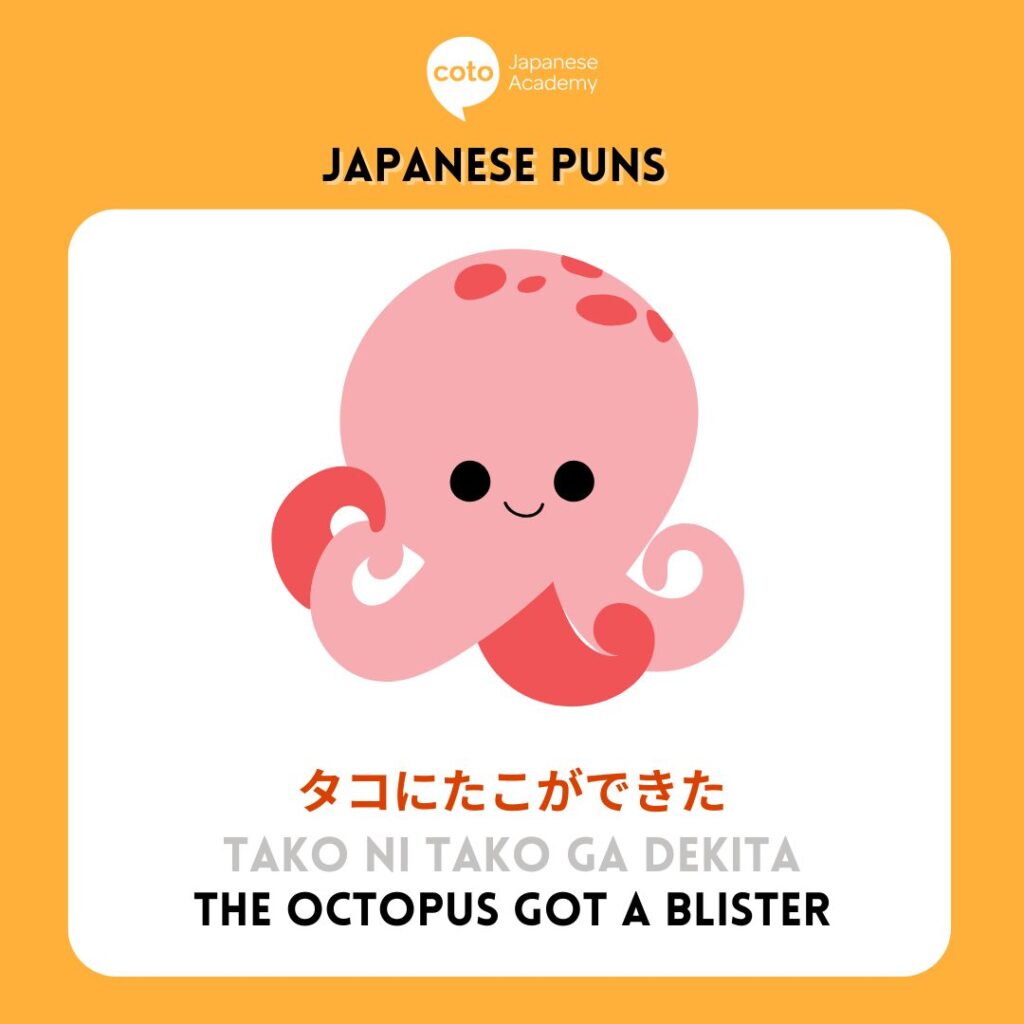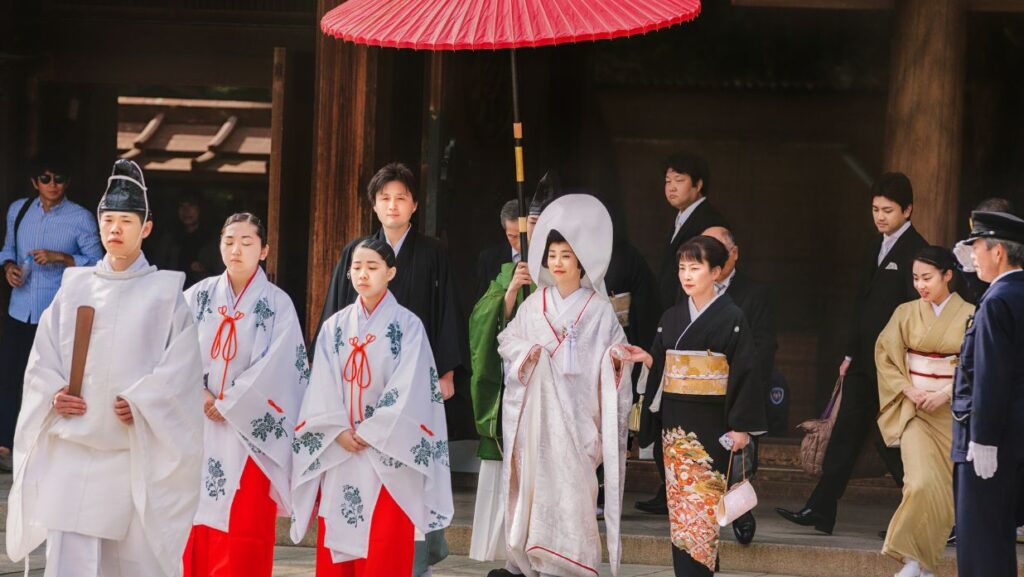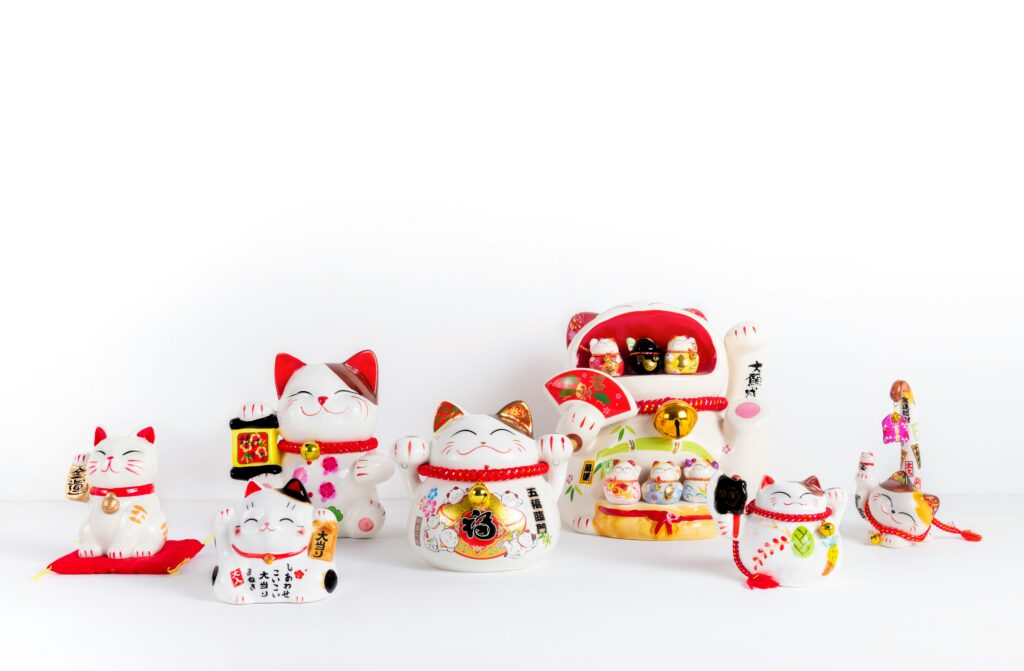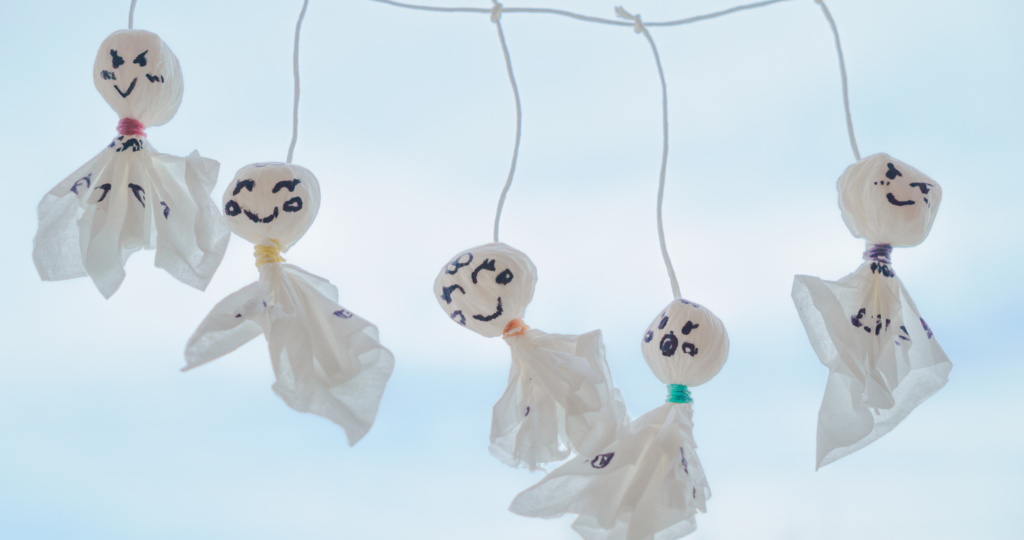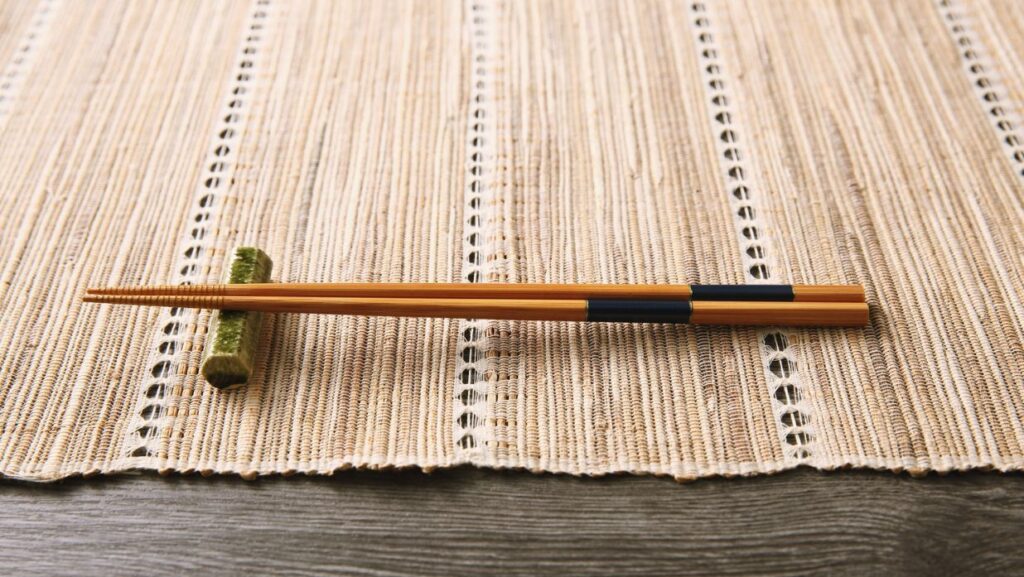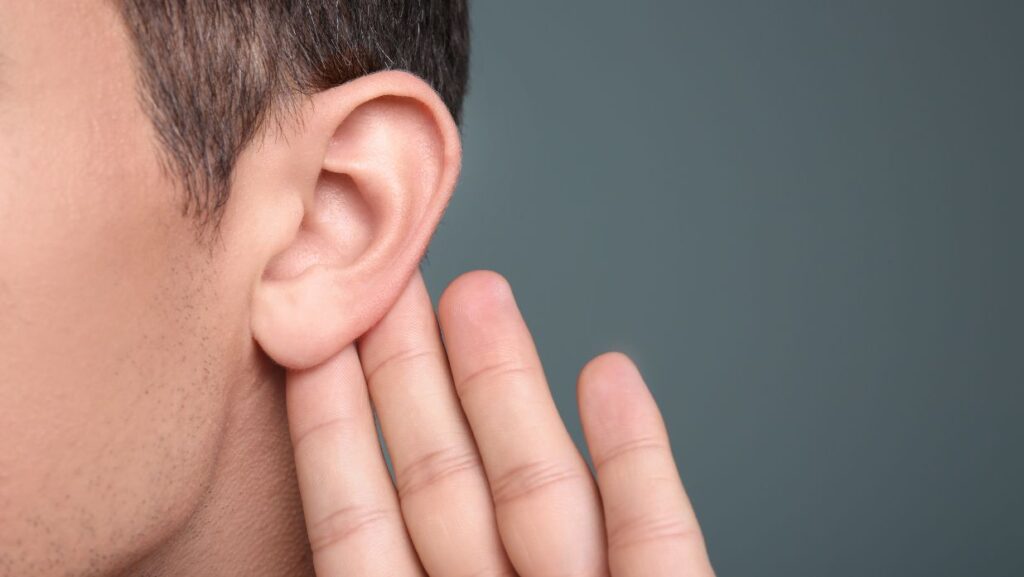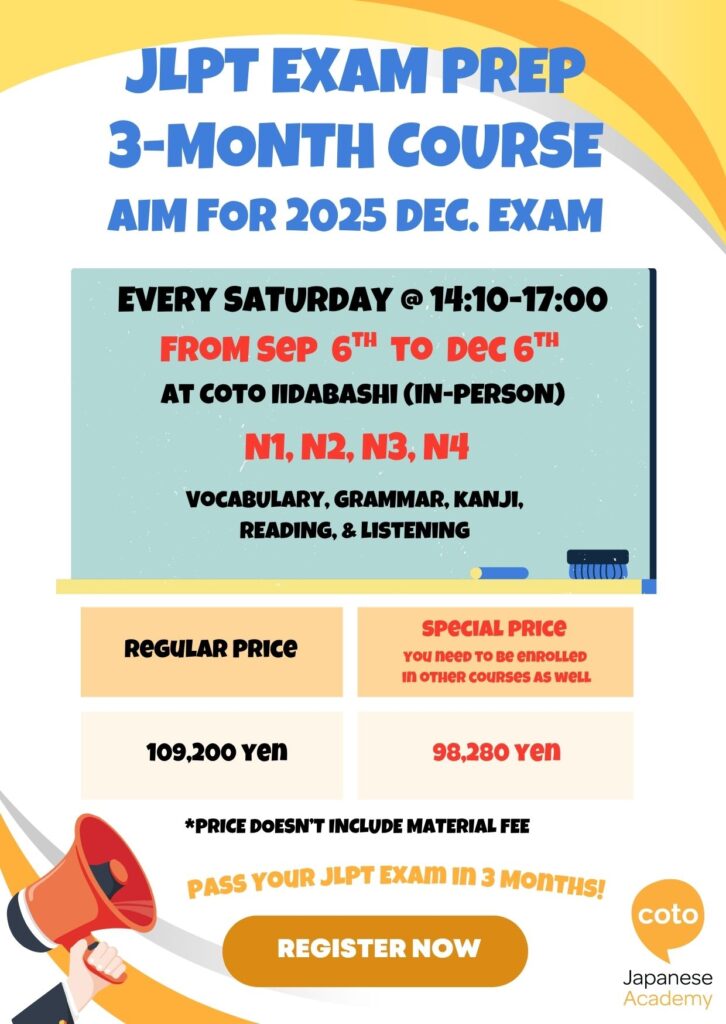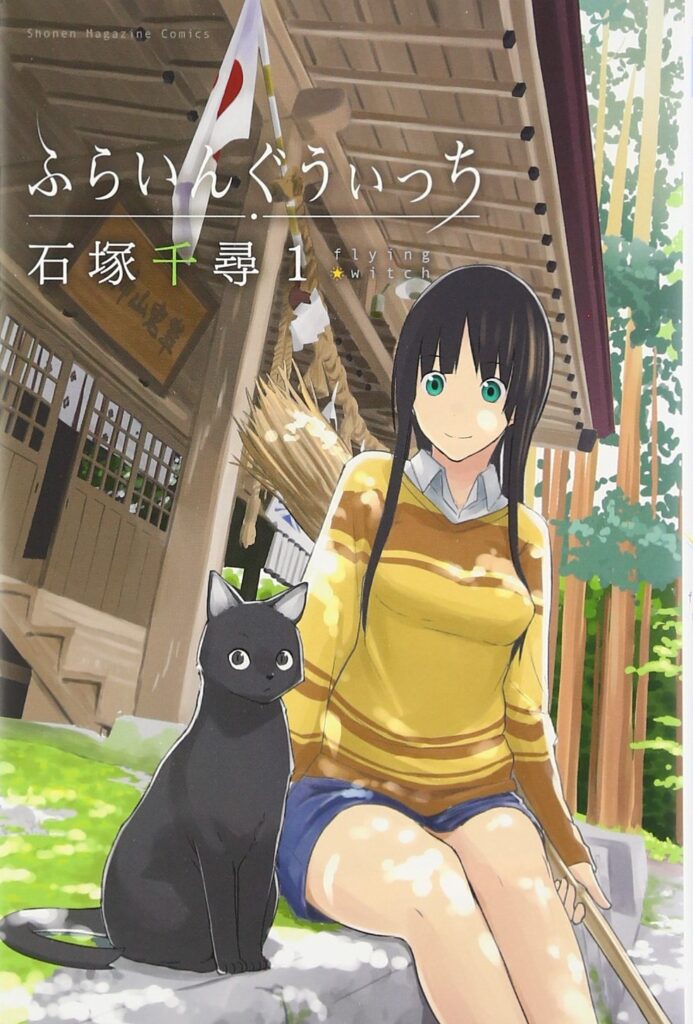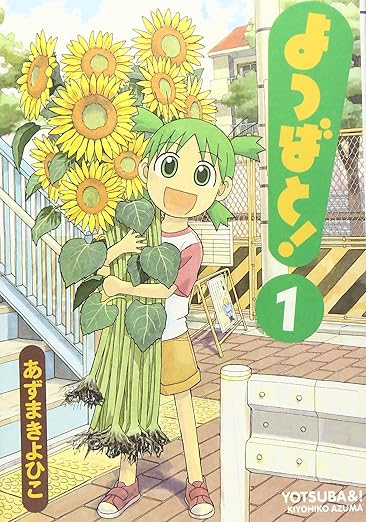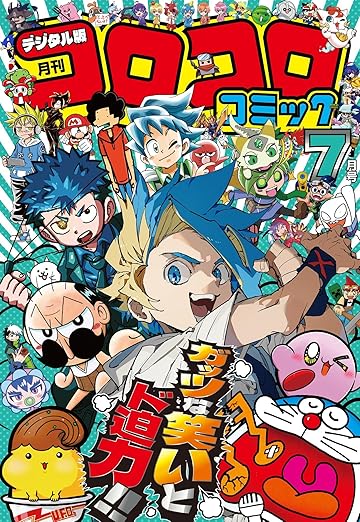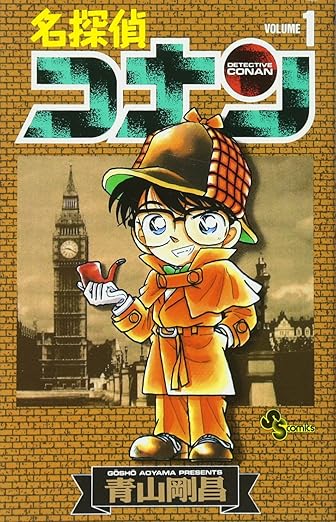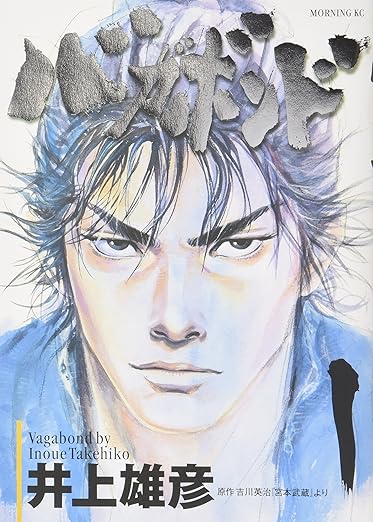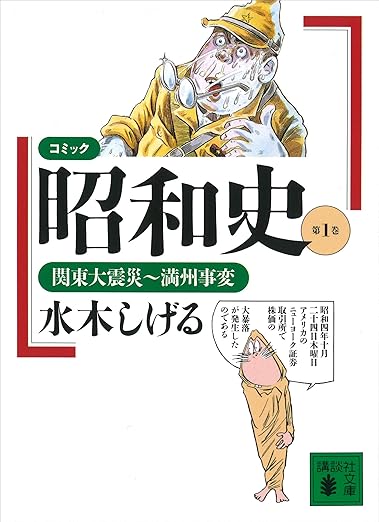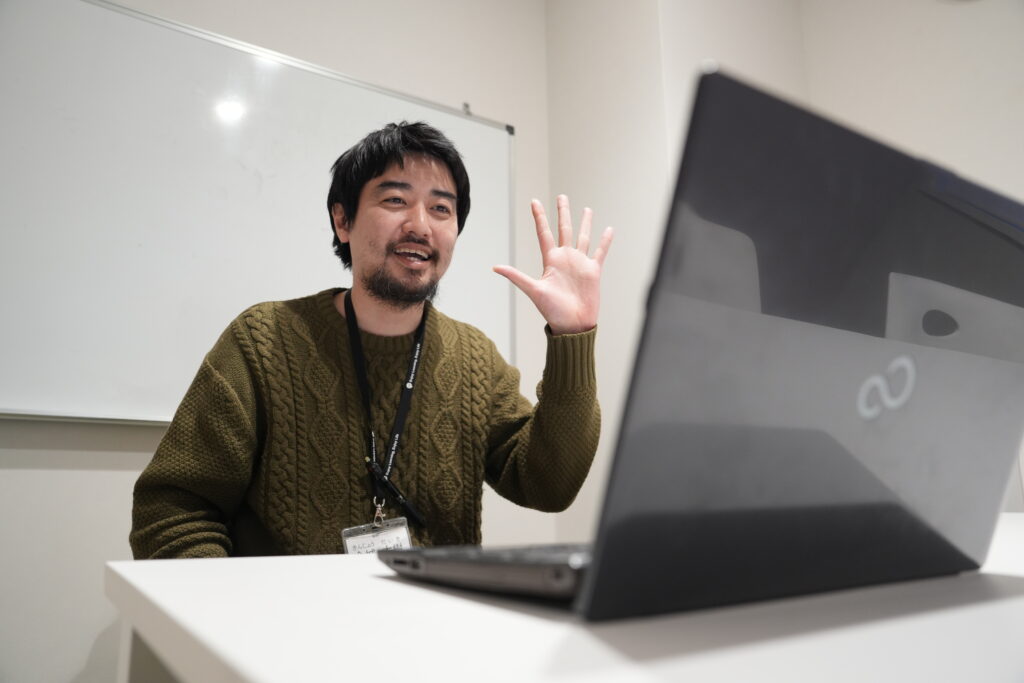Downloading and using Anki decks can be one of the most effective and easiest ways to learn Japanese. Anki is a free, open-source flashcard program that uses a spaced repetition system (SRS), allowing you to revisit new vocabulary repeatedly but in a programmed time frame. Through this, you can spend more time on words you have a harder time remembering and less on easier ones.
Though Anki is extremely versatile, we strongly recommend Anki to learn new Japanese words and building vocabulary over time. Still, when you are just starting out, you should use pre-made Anki decks. Once you know your learning preference, you can then customize it. Anki decks can easily be downloaded from the Anki website.
So, what are the best options? Check out our recommendations for the 15 best Japanese Anki decks below!
How to choose the right Anki deck?
An Anki deck is essentially a set of flashcards grouped together. You can have multiple decks for different topics (e.g., “JLPT N5 Vocabulary”, “Medical Terminology”, “GRE Prep”). Each card typically has a front (question, prompt) and a back (answer). You can also include audio, images, and formatting.
When learning Japanese with Anki, the front of the card is often the Japanese word, and the back shows the English meaning. As you become more familiar with Anki, you can start customizing your cards to suit your learning style. You can add audio, pictures, tags, custom fields, or other types of media to make your flashcards more engaging and effective!
With there being hundreds of Japanese Anki decks for learning, choosing the right one can be difficult and confusing. This is especially so for first-time users of Anki who are still figuring out how to use the software. It’s not hard when you get used to it, but we don’t want to add more to your full bowl.
On the Anki website, there is a section under ” Popular categories: Languages ” where you can see links to landing pages for different languages.
Click on the “Japanese” link, and it will bring you to a page full of different Japanese Anki decks. If you already have a topic in mind that you want to study, there is a manual search option in the top right corner.
If you have a problem choosing, click on each Anki deck and look at the reviews. A rating column also shows the ratings of the different tabs.
Once you have chosen the Anki Deck you want to use, just simply click the “download” button to open Anki on your device.
Before that, head to our Japanese learner’s guide to starting Anki flashcards.
Best Japanese Anki Decks
1. Japanese Core 2000 Step 01 Listening Sentence Vocab + Images
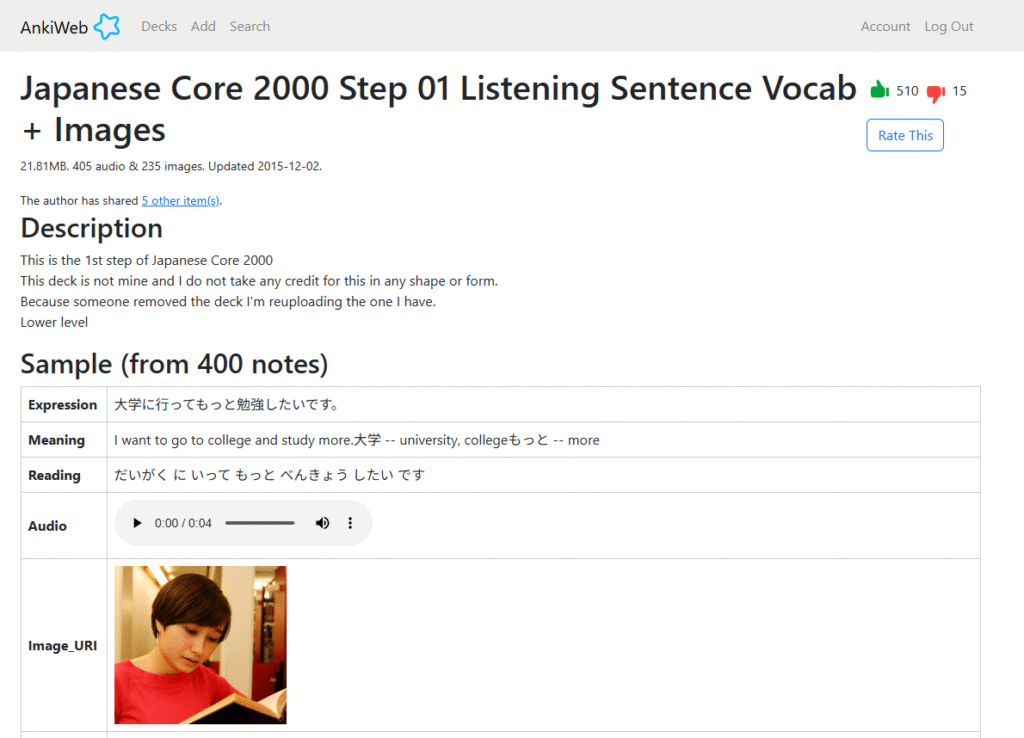
Japanese Core 2000 Step 01 is one of the most popular and used Anki decks to memorize Japanese vocabulary. Specifically customized for beginners to Japanese, this Anki Deck has over 2,000 Japanese words for you to learn.
The contents in this Anki deck are well-structured, with images provided for easier memorization. The deck contains 405 audio files and 235 images, and example sentences for the Kanji.
It would probably take 2-3 months to complete this Anki deck if you practice consistently. As we know, consistency is the number one thing for improvement.
Visit the Anki website to download the Anki Deck onto your computer. The flashcards will appear on your screen once the deck is imported to your device. You can edit the cards by clicking on the “edit” button.
2. Japanese Core 2000 Step 02 Listening Sentence Vocab + Images
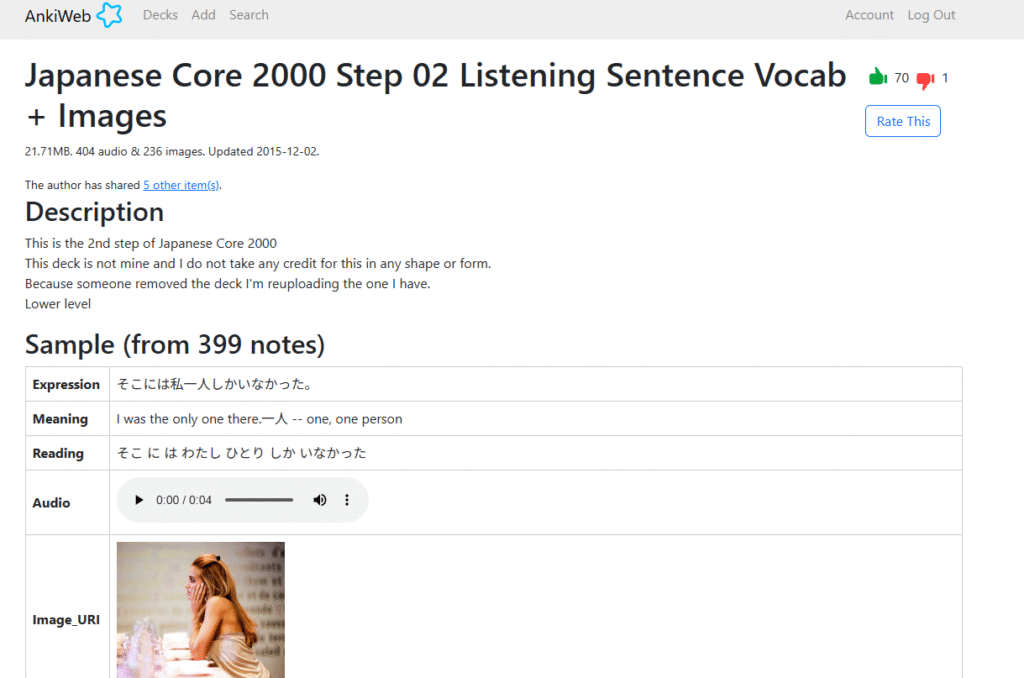
Japanese Core 2000 Step 02 is the second part of the Japanese Core 2000 Anki series. Make sure you start with Step 01 before you visit Step 02. Still, for beginners, this Anki Deck is a more advanced version with audio files, English translations, and images provided in the flashcards.
There are Japanese Kanji, verbs, and example sentences that are used in everyday life. This Anki Deck has over 404 Audio files and 236 Images.
Similar to Step 01, it would probably take you 2-3 months to complete this Anki Deck if you practice consistently.
Visit the Anki website to download the Anki deck onto your computer. The flashcards will appear on your screen once the deck is imported to your device. You can edit the cards by clicking on the “edit” button.
3. Japanese Basic Hiragana
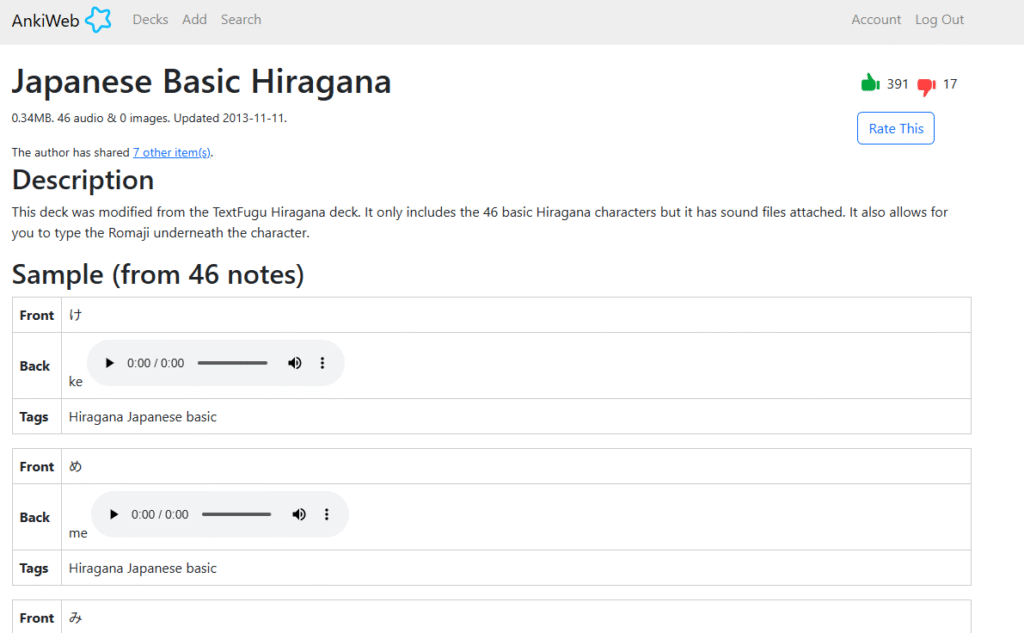
If you have already learned the basic Japanese writing system, you can skip this. But if you are just a beginner, we recommend Japanese Basic Hiragana. Unlike the Japanese Core Series Anki Deck, this Anki deck does not have any pictures, but it is particularly helpful if you want to remember hiragana characters.
The deck was modified from the TextFugu Hiragana deck and only includes 46 basic audio hiragana character files.
However, you can type in romaji under particular hiragana characters. You can easily complete it as the contents are basic and simple for beginners. Since there are only 46 notes, the deck is a good refresher for new learners.
Since it only covers fundamentals, it does not have all the hiragana characters. So, you might want to move on to more advanced Japanese Anki Decks once you have completed the Deck.
4. JLPT Grammar from Jtest4you
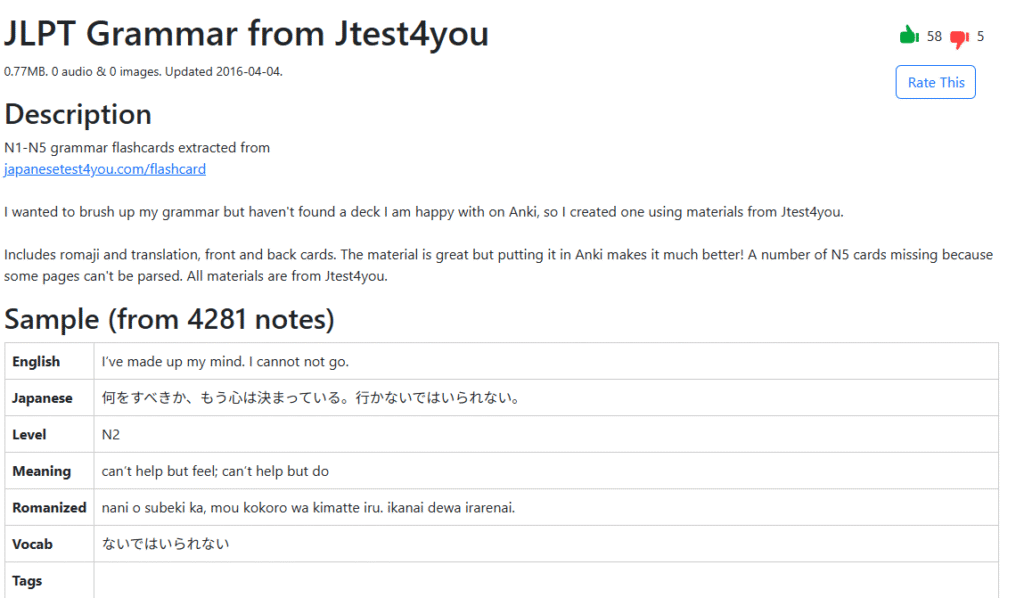
This is the all-in-one Anki deck if you want to focus on grammar. The Jtest4you Anki Deck is a JLPT grammar-focused flashcard. It includes example sentences, romaji, and translations that can be added to the front and back of the flashcards.
What’s good about this Anki deck is that the vocabulary is divided into different JLPT levels, so you can study words relevant to your current situation.
In most flashcards, the front would be the kanji and example sentence in Japanese, while the back of the flashcard would be the furigana, romaji, and English translation.
Visit the Anki website to download the Anki deck onto your computer. The flashcards will appear on your screen once the deck is imported to your device. You can edit the cards by clicking on the “edit” button.
5. Japanese Visual Novel, Anime, Manga, LN Vocab – V2K
If you are interested in Japanese visual media, Japanese Visual Novel, Anime, Manga, LN Vocab – V2K Anki Deck could be perfect for you.
This Anki Deck has over 2,000 common words in popular Japanese media, such as novels, anime, and manga. In Japanese media, words and phrases often serve various contexts and examples.
Hence, this Anki deck helps users link the particular kanji and familiar English translations.
It is a beginner-focused Anki deck where users will learn kanji and furigana, along with a pre-recorded audio that can be found at the front of the flashcard.
You will be able to pick up heaps of useful words, such as 全然駄目だ、結構, that are frequently mentioned in anime and manga. It will also significantly improve your reading and listening comprehension.
Visit the Anki website to download the Anki deck onto your computer. Once the deck is imported to your device, the flashcards will appear on your screen. You can edit the cards by clicking on the “edit” button.
6. Katakana Reading Practice
Katakana Reading Practice is an Anki deck that acts as a guide for beginners in learning katakana. With over 1,000 words and phrases in Katakana, the contents of the flashcard focus a lot on foreign loanwords, proper names, onomatopoeia, animal names, as well as brand names.
Many users of this Anki deck have found it very helpful in improving their speed and confidence in speaking and writing katakana.
English speakers might think it’s unnecessary to learn katakana. After all, they are loan words from English — but you’d be surprised by some Japanese katakana words that don’t sound similar to the original English words.
Visit the Anki website to download the Anki deck onto your computer. Once the deck is imported to your device, the flashcards will appear on your screen. You can edit the cards by clicking on the “edit” button.
7. Official KanjiDamage deck
KanjiDamage is the ultimate deck to learn Kanji with the KanjiDamage method, which is basically learning Kanji using mnemonics. There are over 1,700 Kanji to learn from in this Anki Deck.
You will learn a mix of commonly used Kanji as well as uncommonly used Kanji that have been put in random order. The stroke order of how to write the Kanji is also included.
If you want to learn kanji frequency instead, check out another Anki Deck made by the same user, which is a reordered version of this Anki deck. It has been reordered based on the frequency of each Kanji character so that you can more common characters first, followed by the uncommon ones.
Visit the Anki website to download the Anki Deck onto your computer. Once the deck is imported to your device, the flashcards will appear on your screen. You can edit the cards by clicking on the “edit” button.
8. All in One Kanji Deck
Looking to learn pretty much everything there is to learn about Kanji? All in One Kanji deck is one of the most comprehensive and informative collections out there. It is perfect for those looking to practice writing the Kanji and gaining more knowledge on kanji meaning and readings.
The Anki deck is nicely formatted. With over 10,000 flashcards, you will learn how to read each kanji in onyomi, kunyomi, and nanori as well as learn the number of strokes and stroke orders.
It also teaches you how each Kanji has been changed from its original Chinese elements to become a Japanese character.
9. Tofugu: Learn Hiragana Deck
This Anki deck created by Tofugu helps you learn Hiragana through Mnemonics. In this Anki Deck, you will be able to learn the basics of Japanese pronunciation.
10. Tofugu: Learn Katakana Deck
This Anki deck, created by Tofugu, helps you learn Katakana through Mnemonics. In this Anki Deck, you will be able to learn the basics of Japanese pronunciation.
Through descriptive and animative mnemonics, they make learning fun and interactive, and are a perfect method for memorization! Visit the Anki website to download the Anki Deck onto your computer. Once the deck is imported to your device, the flashcards will appear on your screen. You can edit the cards by clicking on the “edit” button.
11. Japanese Course Based on Tae Kim’s Grammar Guide & Anime
This is a self-contained Japanese course for beginners, built around Tae Kim’s Grammar Guide, a popular free resource known for its clear explanations of essential grammar points. The creators also developed a companion Anki deck, making it easy to study and review.
The course places a strong focus on listening comprehension, using real anime scenes to reinforce learning. Each flashcard shows a Japanese phrase on the front, along with a video clip of the sentence used in an anime. The back of the card includes the English translation and a detailed grammar breakdown, helping learners understand both meaning and structure.
12. Genki 1 & 2 Kanji
If you’ve taken a Japanese class, chances are you’ve used the well-known Genki textbook series. This Anki deck is a simple but effective tool I created to help me learn how to write the kanji introduced in Genki I and Genki II.
The deck covers individual kanji characters from Lesson 3 to Lesson 23, following the exact order presented in the textbooks. Each flashcard shows the English meaning, along with the on-yomi and kun-yomi readings on the front, and the kanji character on the back.
It’s perfect for reinforcing writing practice and memorizing readings in context with the Genki curriculum.
13. Katakana Reading Practice
Reading katakana can be surprisingly challenging, even if you’ve already memorized the characters. Unlike hiragana, katakana is often used for foreign loanwords and names, which don’t always follow typical Japanese word structure.
This Anki deck features 1,000 cards designed to help you read katakana with speed and confidence. It focuses on loanwords from English, German, French, Portuguese, Chinese, and more, along with wasei-eigo (English-inspired words made in Japan like salaryman). You’ll also find cards with onomatopoeia, company names, animal names, and other real-world katakana usage to give you the exposure you need.
14. Remembering the Kanji 1, 6th Edition (2200 Kanji)
This Anki deck includes all 2,200 kanji from the 6th edition of Remembering the Kanji 1 by James W. Heisig. It was created to offer a complete and accurate companion to the book, as many existing shared decks were either incomplete, based on older editions, or lacked consistency in format and content.
The deck focuses solely on kanji characters, excluding primitive elements that are not kanji themselves. Each card includes a link to an external website for stroke order diagrams, allowing for easy reference and writing practice. It’s an ideal tool for learners following the Heisig method who want a streamlined, comprehensive study aid.
15. All in One Kanji Deck
This comprehensive Anki deck includes the full set of 2,136 Jouyou Kanji — the official list of kanji designated by the Japanese Ministry of Education for daily use. These are the characters taught in Japanese schools and used in newspapers, books, and official documents. In addition to the Jouyou Kanji, the deck covers JLPT N5 to N1 kanji, 861 Jinmeiyou Kanji (used primarily in names), the 2,500 most frequent kanji, 3,007 kanji from Heisig’s Remembering the Kanji, and more.
Each card contains rich, detailed information: the English meaning, readings (on-yomi, kun-yomi, and nanori—name readings, listed separately), stroke count, stroke order, and an example compound word. It also includes kanji classification levels such as JLPT level, Jouyou grade, and usage frequency. Note that a lower frequency number indicates more common usage, while “Grade S” refers to kanji taught in Japanese secondary school.
Studying Japanese? Take the Free Japanese Level Assessment Test
Coto Japanese Academy is a unique Japanese Language School in Iidabashi, Tokyo and Yokohama. We offer relaxed and fun conversational lessons for all levels of Japanese learners. Coto Japanese Academy prides itself on its community atmosphere and fun lessons that focus on the creation of opportunities to speak and learn Japanese. If you are interested in studying Japanese in Tokyo or Yokohama, please visit our contact page.
FAQ
What is Anki?
Anki is a powerful flashcard app that uses spaced repetition to help you memorize information more efficiently. For Japanese learners, it’s especially useful for retaining kanji, vocabulary, grammar points, and listening comprehension.
Can I customize the Japanese Anki deck?
Yes! Anki is very flexible—you can edit cards, add audio, images, mnemonics, or even create your own card types to match your study style.
What’s included in this Japanese Anki deck?
That depends on the deck, but typically you’ll find:
- Listening and reading practice (optional with media decks)
Some decks are based on popular resources like Genki, Tae Kim, or Heisig, and include JLPT-level tagging (N5 to N1). - Kanji cards (with meanings, readings, stroke order, and examples)
- Vocabulary cards (with context sentences and audio)
- Grammar explanations




